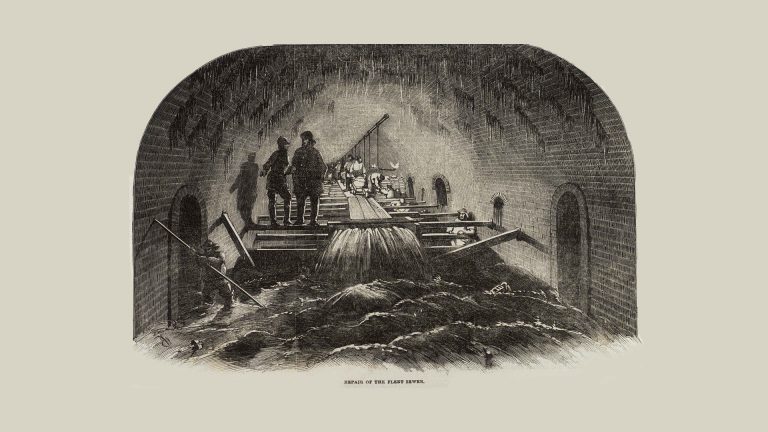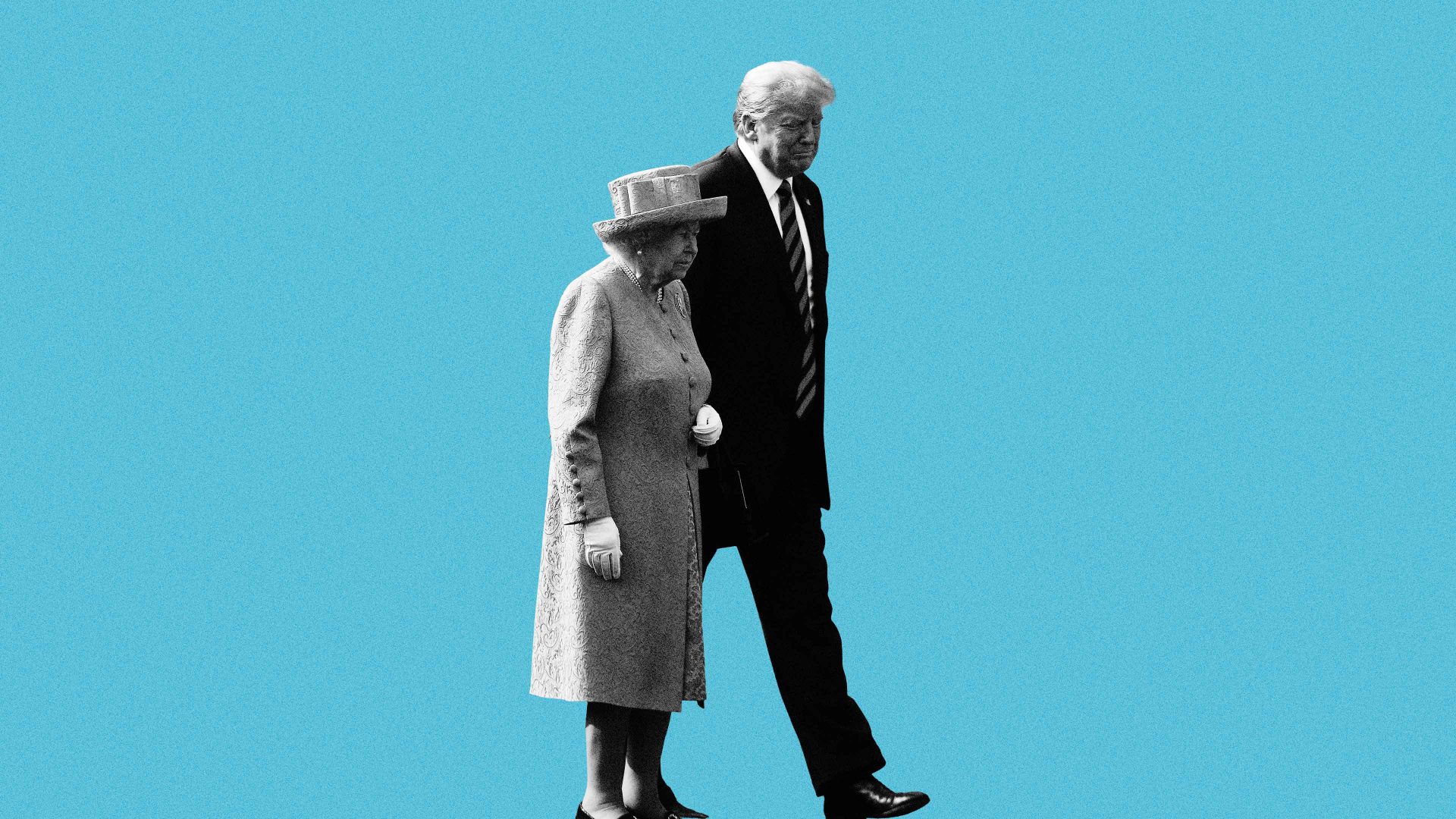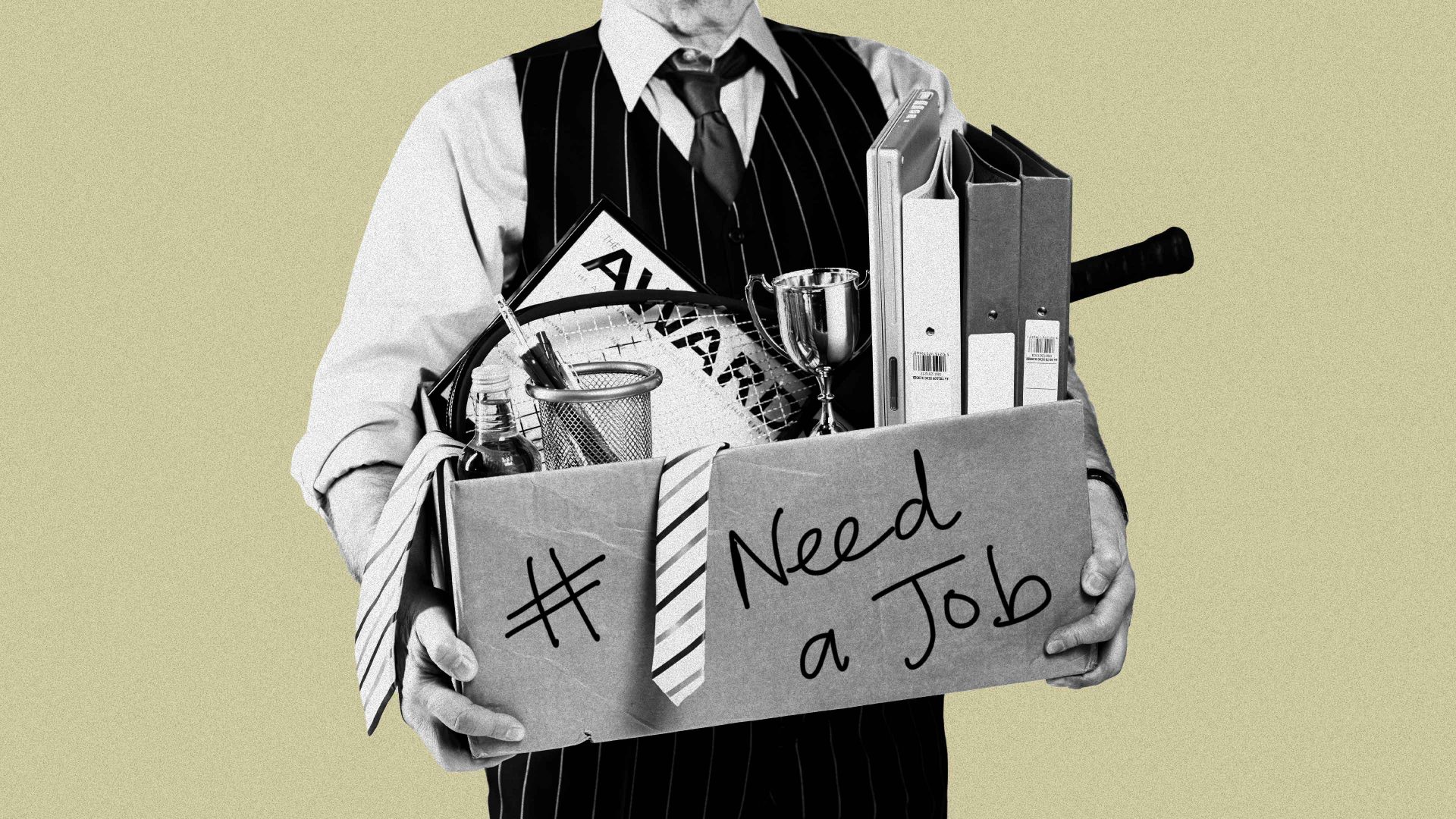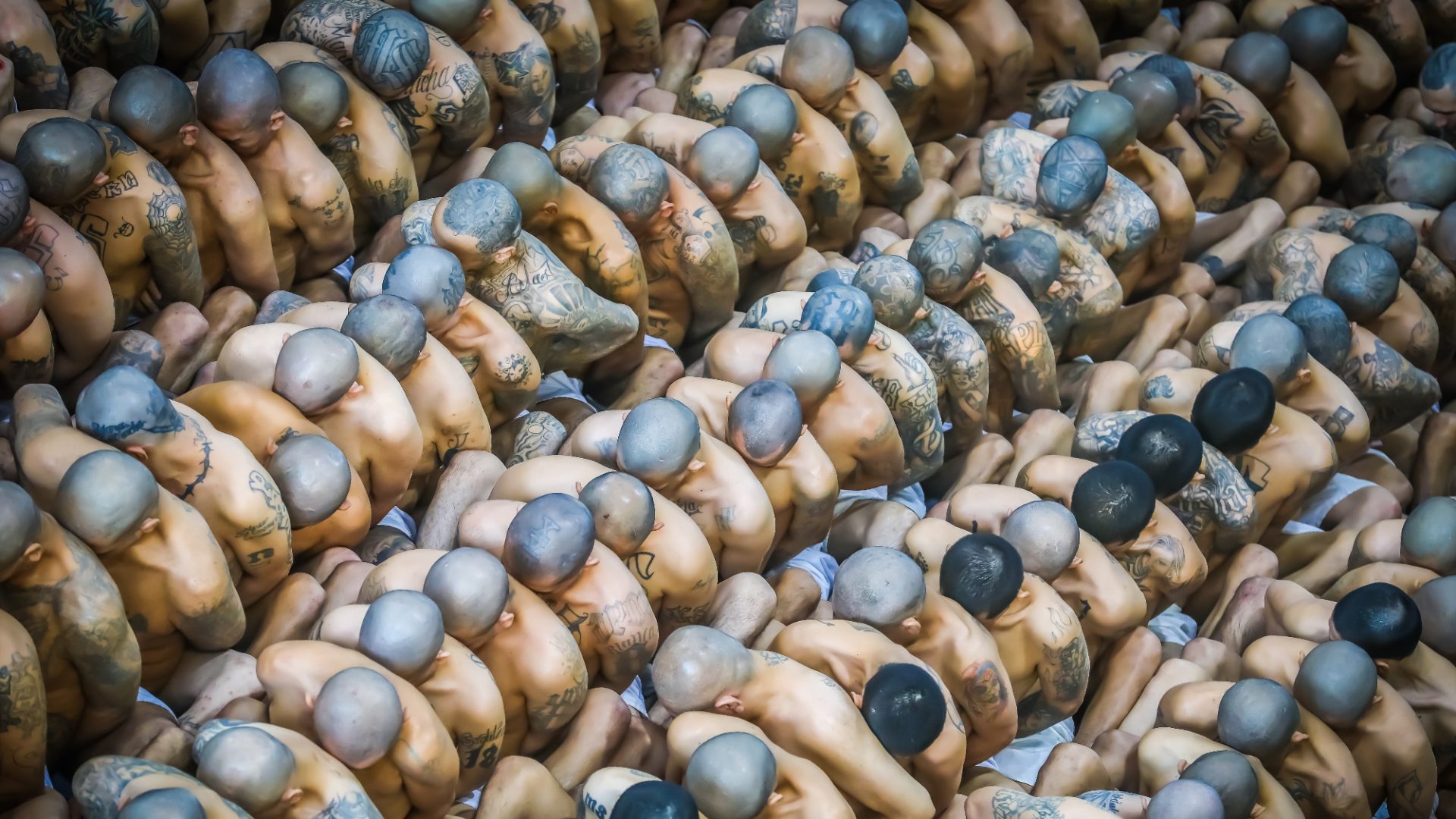1. On Wednesday, Donald Trump arrives at Windsor Castle for his second state visit to the UK. Although the Queen met every US president of her reign, Trump is only the third to receive such an honour (after George W Bush and Barack Obama), and the first to receive it twice. In other words, half of all US state visits to the UK have involved Donald Trump.
2. A state visit is the fanciest and most formal way in which one government can visit another. It involves the head of state and usually their spouse staying with the monarch – generally at Buckingham Palace, sometimes at Windsor Castle, and occasionally even at Holyrood. But despite the fact the monarch is expected to play host, they get no say over who is invited, and just have to lump it.
3. The formal elements of a state visit generally include a full ceremonial welcome, often involving an inspection of a Guard of Honour and accompanied by a 21-gun salute; a procession in the royal carriage, accompanied by the Household Cavalry; a private lunch with the royal households; and meetings with government and also probably business leaders. Some leaders are also given the chance to address a joint session of parliament, too.
4. There’s also a white-tie banquet for around 150 guests invited on the basis of cultural, diplomatic or economic links to the visiting nation, generally involving four courses (fish, main, pudding, dessert) and six glasses (water, red wine, white wine, dessert wine, champagne and port, obviously).
5. Early diplomatic events that might be classed as state visits (definitions vary) include the Grand Embassy of Peter the Great of Russia in 1697-8; the visit by the sovereigns of the allied-anti Napoleonic forces’ in June 1814; and the visit of Napoleon I’s nephew Napoleon III to Windsor in 1855.
6. The whole purpose of state visits is political: they’re vehicles designed to increase Britain’s diplomatic influence and business ties. That means, firstly, that Commonwealth countries don’t get them (their head of state already lives here, so they get outbound royal visits instead); and secondly, that they’re frequently offered to countries and leaders to whom the red-carpet treatment is likely to raise an eyebrow.
7. In 1973, for instance, President Mobutu Sese Seko of Zaire (today’s Democratic Republic of Congo) was given a state visit as it was thought he’d make a useful bulwark against Soviet influence in Africa during the cold war. Alas, he was also a homicidal dictator who embezzled literally billions, and if that weren’t bad enough his wife managed to sneak her dog past quarantine, causing the Queen to fret the corgis would get rabies.
8. The visit of Romania’s Nicolae Ceaușescu in 1978– an attempt to encourage pro-western reforms in an eastern country, not to mention sell British planes – proved similarly controversial. The honorary knighthood given to the Romanian president, and the Star of the Romanian Socialist Republic First Class given to the queen, were respectively retracted and returned after Ceaușescu was overthrown and executed by a popular revolution on Christmas Day, 1989.
9. Other questionable figures to have received state visits include Haile Selassie of Ethiopia (1954), the Shah of Iran (1959), President Suharto of Indonesia (1979), Zimbabwe’s Robert Mugabe (who by 1994 had already massacred certain ethnic groups, and would go on to rig elections, blaming the legacy of British imperialism all the while) and Vladimir Putin (who, even in 2003, was facing protests against Russia’s role in second Chechen war).
10. In 2015, the regime of China’s President Xi Jinping shipped in flags, hats and other pro-China merchandise in the hope of countering Tibetan independence and Falun Gong activists. Despite Xi’s receiving a frankly insane 103-gun salute, the Queen was later heard remarking that the Chinese had been “very rude to the ambassador”. Perhaps that’s why David Cameron made Xi drink a pint of warm beer.
11. In 2003, Tony Blair invited George W Bush as a mark of the strength of the special relationship in the wake of the Iraq war. The resulting protests attracted up to 200,000 people, and culminated in the toppling of a papier-mâché effigy of Bush in Trafalgar Square. To be fair to the guy, he did tell reporters it was “a fantastic thing to come to a country where people are able to express their views.”
12. Trump’s first visit in 2019 was greeted by a million-signature petition and 400,000 marchers. The protests were notable for the first appearance of the “Trump baby balloon”, a giant inflatable orange baby in a nappy. President Trump did not say how fantastic it was to see people expressing their views.
13. State visits that have had rather better reviews include those of Nelson Mandela in 1996 and Lech Wałęsa of Poland in 1991.
14. One slightly odd thing considering our chequered history is that the country offered the most frequent state visits of all has been France. Alas, presidents Valéry Giscard d’Estaing, François Mitterrand, Jacques Chirac and Nicolas Sarkozy are all said to have complained about the quality of the food.
15. Incidentally, Trump’s visit may not bode well for Keir Starmer. Theresa May – who invited Trump just days into his first term – resigned just two days after his last visit.
Suggested Reading


Nerd’s Eye View: 13 things you need to know about sewage
6
Number of state visits hosted by Charles III
113
Number of state visits hosted by Elizabeth II
15
Number of state visits offered to France
6
Next highest number – six apiece for Germany, Italy and Norway
4
Number offered to United States
2
Number to Donald Trump, specifically




